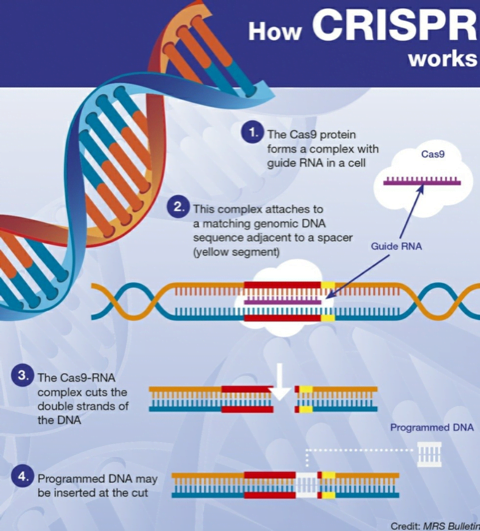UPSC Articles
CRISPR to control growth of mosquitoes
Part of: Prelims and GS III – Sci and tech
Context Researchers from California have developed a CRISPR-based system to safely restrain mosquito vectors via sterilization.
- It is called the new precision-guided sterile insect technique, or pgSIT.
Mechanism
- pgSIT uses a CRISPR-based approach to engineer deployable mosquitoes that can suppress populations.
- It alters genes linked to male fertility — creating sterile offspring — and female flight in Aedes aegypti.
- The mosquito species is responsible for spreading wide-ranging diseases including dengue fever, chikungunya, and Zika.
- pgSIT uses CRISPR to sterilize male mosquitoes and render female mosquitoes, which spread disease, as flightless.
Why is this significant?
- pgSIT eggs can be shipped to a location threatened by mosquito-borne disease
- Once the pgSIT eggs are released in the wild, sterile pgSIT males will emerge and eventually mate with females, driving down the wild population as needed.
What is CRISPR?
- CRISPR technology is basically a gene-editing technology that can be used for the purpose of altering genetic expression or changing the genome of an organism.
- It can be used for targeting specific genetic code or editing the DNA at particular locations.
- Potential applications: Correcting genetic defects, treating and preventing the spread of diseases and improving crops.















